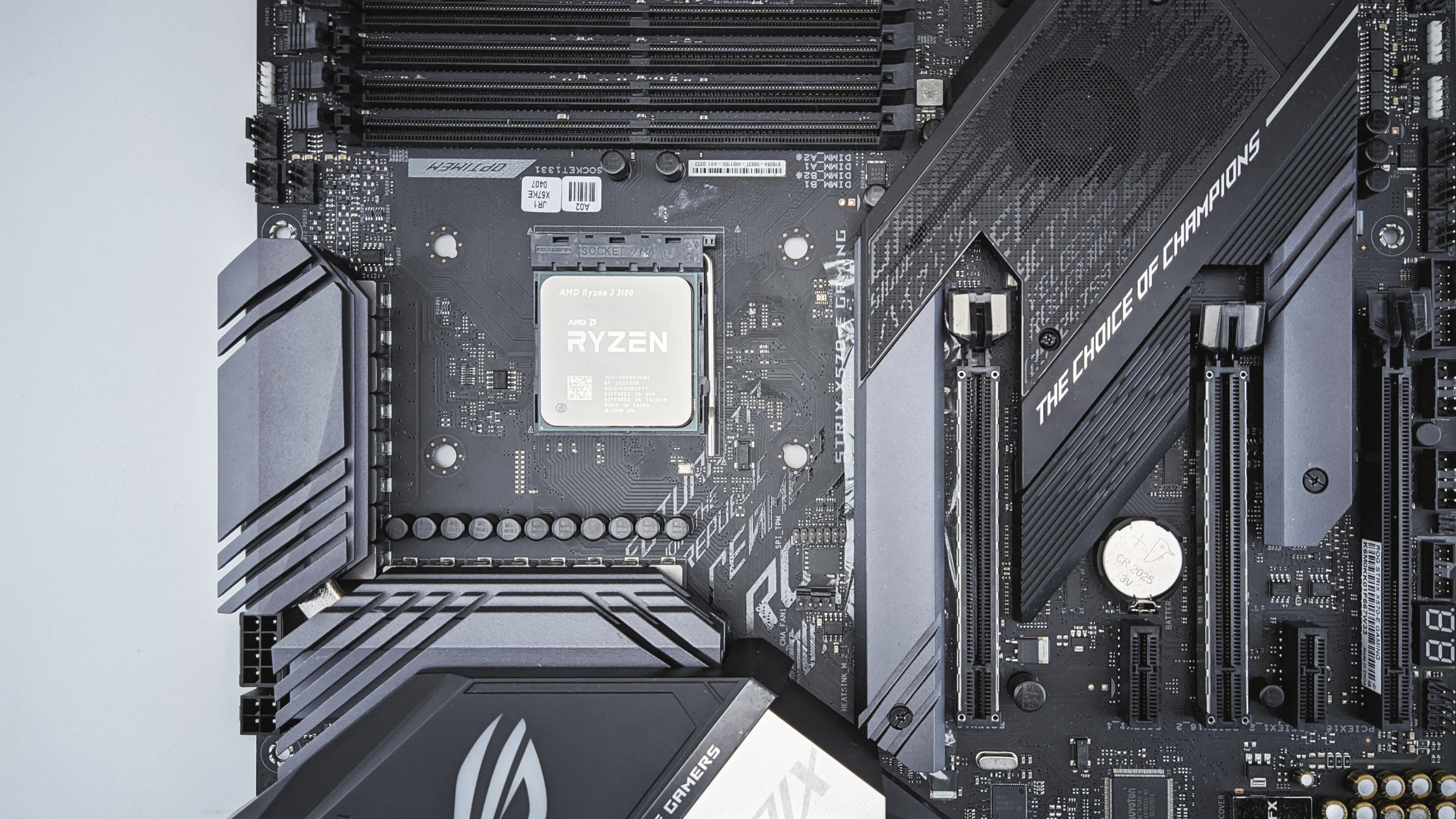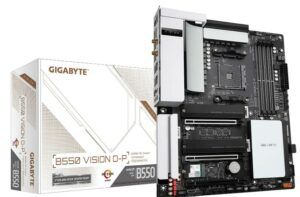If you want to build your PC or buy a pre-built PC that you want to upgrade or upgrade later, there is one component that will serve as its foundation.
That component is the motherboard, an essential part of the PC puzzle.
It determines the many other features you can choose from, as well as some other choices – such as the processor you will use in your new PC – to determine which mother you select.
After selecting the CPU, a complementary motherboard will usually be the next component you choose for your construction. Let’s break down your motherboard selection into a few (relatively) easy steps.
Before we get started, though, here’s a great tip. One way to make your determination easier is to use the Newegg comparison feature.
If you visit the Navigator Motherboards page, you can select five motherboards and get a detailed look at how they compare to the many topics discussed in this method.
What is a motherboard?
So the motherboard is a printed circuit board (PCB) that forms a kind of backbone that allows different components to communicate, and that is the central processing unit (CPU).
The graphics processing unit (GPU). ), Provides various connectors for features such as memory.
And storage. Most computers, including smartphones, tablets, notebooks, and desktop computers, use motherboards to pull everything together, but only the type you would typically buy yourself are designed for desktop PCs.
Looking at the motherboard from top to bottom, you will see circuits, transistors, capacitors, slots, connectors, heat sinks, and much more that combine with the root signals and power throughout the PC. And you are allowed to plug into the PC.
Required Ingredients. It is a tricky product, and many technical specifics fall outside the scope of this technique. These details are critical to your purchasing decision, and we’ll go over them below.
As you decide on the correct motherboard, you will want to ensure that it meets your needs today and tomorrow.
If you know you will never want to upgrade your PC beyond its original configuration; you can choose a motherboard that provides what you need to get up and run.
But if you think you want to upgrade your PC later, you’ll want to ensure that your motherboard will help you as your needs grow.
Here are important things to consider when buying a motherboard.
- Motherboard manufacturers
- Platform
- Motherboard Expansion Options
- GPU support
1. Platform
Perhaps the first option is which CPU to employ as the brain of your computer, which means selecting between two companies: Intel and AMD.
Both provide good entry-level online browsing, productivity alternatives, and low-end gaming, ranging from ultra-powerful beasts to CPUs that can rip video editing projects to today’s highest frames per second. Can run demanding games FPS).
Both companies are constantly upgrading their products, so this information may be outdated.
As of this writing, though, Intel is on the ninth generation of its CPUs, and AMD has recently introduced its Zen 2 architecture, with Zen 3 expected soon, and third-generation Ryzen CPUs.
So the best one depends on your conditions, such as whether you are more concerned with software that can utilize multiple CPU cores (such as AMD’s Ryzen processors).
Or maybe you are most worried about the games that take advantage of the fastest singles. – Core performance (which may favor Intel’s core processors).
Once you have determined which CPU is best for you, you must choose a motherboard that uses the right socket and chipset.
A processor socket is a mechanism by which a CPU is firmly connected to the motherboard. A chipset is a motherboard software and hardware that allows all different components to communicate.
2. Motherboard manufacturers
It should be the basis for the pre-built PC you are carrying. Some companies focus on providing motherboards for gamers, with plenty of space to include GPUs and LED lighting systems, while others concentrate on mainstream systems.
Some famous motherboard manufacturers are ASUS, Gigabyte, MSI, and ASRock. You can see different options for these companies and others on Navig’s motherboard page.
Premium Gaming Motherboards Brand you can go for:
|
|
Check out the current price here |
|
|
Check out the current price here |
|
|
Check out the current price here |
Mainstream motherboards systems that you can go for;
 |
Check out the current price here |
|
|
Check out the current price here |
|
|
Check out the current price here |
3. Motherboard Expansion Options
Sound cards, networking cards, storage devices and connections, and many more.
There have been many expansion ports over the years, but fortunately, things have gotten much more accessible.
Today, you will be dealing primarily with the Peripheral Component Interconnect Express (PCIe) ports, with some motherboards, including PCI slots.
PCIe is the most important port, and you will use it today to connect most of the components.
PCIe slots come in four sizes, and the latest standard in general use is PCIe 3.0, available on PCIe 4.0 compatible boards with Ryzen and Intel Comet Lake.
These four sizes dictate the throughput of the connection and its size – you’ll want to ensure you have enough expansion slots and they’re the right size to meet all your current and future needs.
The four slot sizes are x4,x1, x8, and x16, with x4 and x16 being the most common.
Motherboards vary significantly in terms of how many slots they contain and their placement.
You will want to make sure that you have enough places and that there is enough space around them to fit all your desired components.
4. GPU support
In its simplest terms, this means displaying images on a monitor. The component that performs this function on a typical PC is the graphics card or GPU, and you need to check that your motherboard can support the type of GPU you need for your intended use. Is.
Some Intel Core CPUs come with integrated GPUs that provide a monitor with the means to display the output.
AMD has its version of what is called Accelerated Processing Unit (APU), which is a single package. Connects CPU to GPU.
These relatively low-powered GPUs are ideal for routine production tasks but only support less graphically demanding games (such as e-sports titles).
Suppose you need a more powerful GPU for gaming or more demanding applications like video editing that can use the GPU for faster processing. In that case, you probably need a standalone GPU.
In that case, you’ll want to remember what GPUs you can connect to your motherboard and even how many GPUs your motherboard can support.
Final Thoughts
No, not all CPUs will be compatible with all motherboards. Motherboards have various CPU sockets depending on their brand.
Thus you will need to install a suitable CPU. Intel and AMD utilize separate sockets, and there’s no way you can use one with the other. You may obtain the socket type on the internet.






